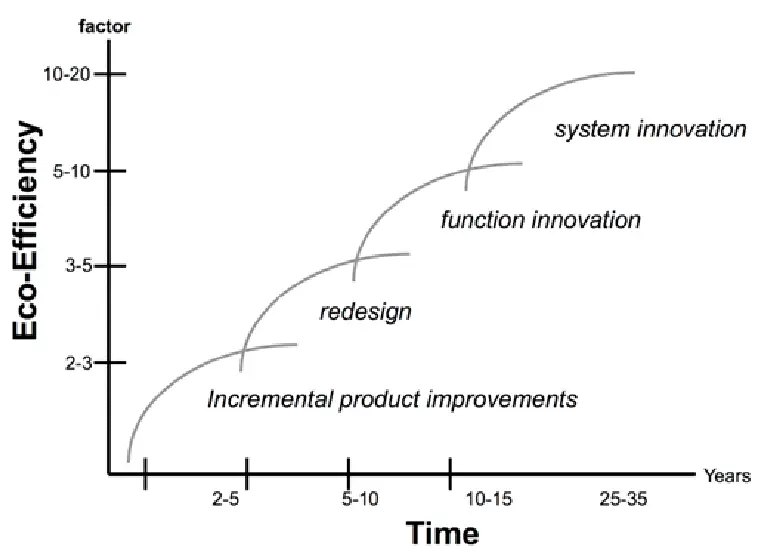Reaching sustainability through ecodesign
This might be the most important thing you need to keep in mind about sustainability.
Going from carbon tunnel vision to a more holistic approach has been a growing concern for me recently. This includes technological solutionnism (using plug-and-play technical solutions).
When I started writing and talking about sustainability in english (which could still be quite a struggle for me), I used a lot the term “sobriety”, which is the closest to the french word “sobriety” : doing less of the same thing. Unfortunately, in english, it seems to be more about addictions than digital. “Sustainability” has the huge advantage of encompassing not only environmental impacts but also everything related to social impacts (privacy, accessibility, ethics, etc) : in the end, everything that is needed to make sure that digital doesn’t endanger the planet or people.
(and I think “sustainability” sounds great)
In this context, ecodesign gives more clues on how to achieve this. In this context, it could be defined as keeping in mind the reduction of environmental impacts during all steps of the life cycle of a digital service, through continuous improvement.
This definition is already quite meaningful : everyone is involved and this is not about being immediately the best but getting increasingly better (while taking into account different kinds of environmental impacts).
As such, ecodesign is usually divided in 4 levels.

(yes, this illustration first appeared in a paper from… 1997 : Brezet H, van Hemel C. Ecodesign : a promising approach to sustainable production and consumption)
1 - Product improvement : optimizing the product process without any major modification of the technology. This could be optimizing allocation of workloads (through carbon-aware code), static analysis of code (ecoCode) or optimizing assets (and automating this action) like images, videos, code files, etc.
2 - Product redesign : the product remains the same but some parts are modified or replaced (a more efficient CMS, more sustainable libraries, moving from a mobile application to a PWA, etc)
3 - Functional innovation : this a more innovative approach, by rethinking how the user reaches his goal. For instance, using SMS to spot false medicine. This is where Sustainable UX really shines in my opinion.
4 - Product/service system innovation : this is the highest level, which might involve rethinking the business model of the product or company. This might start with systemic design but goes really far.
With these levels in mind, we can see more clearly where we’re going. The lower level, the easier you will find best practices and tools to help you in this journey. To reach higher levels demands a lot more. This almost terra incognita right now. I do not mean that no one has been there yet but we are still in quite early in the process of mapping this precisely, providing guidelines, frameworks and such (in addition to inspiring examples). Fortunately some are already exploring this approach. I think of Tim Frick and Tom Greenwood and how their sustainability efforts have a deep impact on their companies. Patagonia could also provide great examples, for instance.
More on ecodesign of digital services in the related page from the INRIA MOOC.